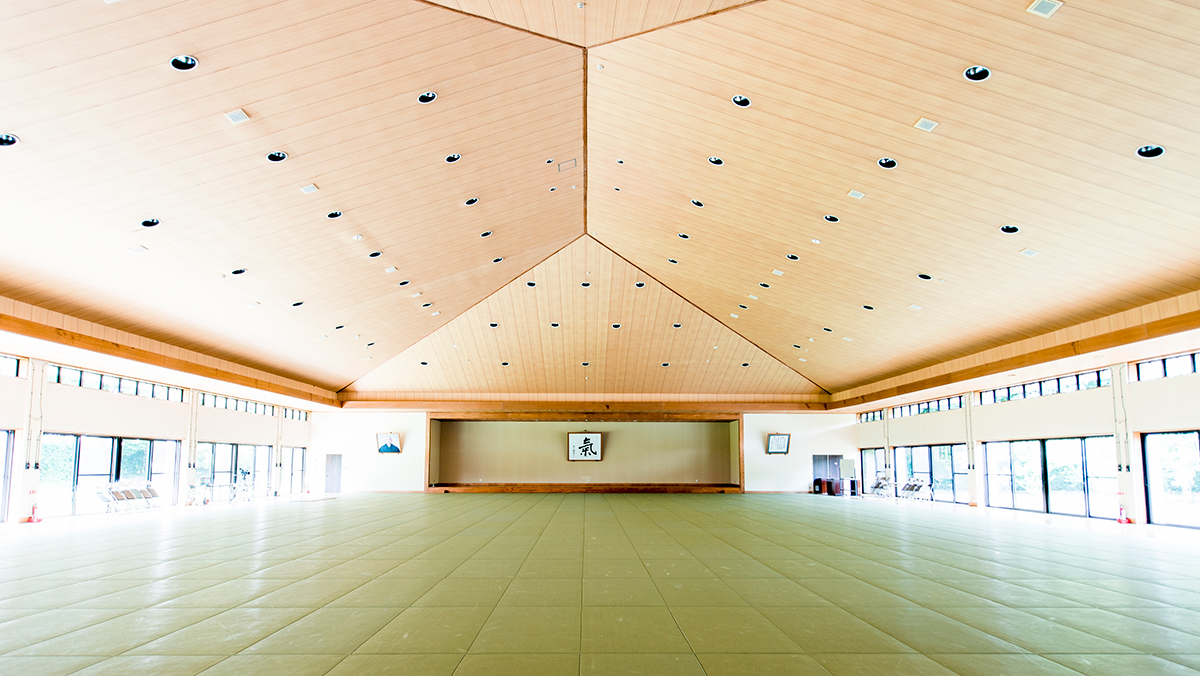A Short Instruction:
The purpose of this article is to practice and validate the Ki principle (Mind moves body) which is the foundation of Ki-Aikido in our daily life. Therefore, it has no meaning if you just read it without practicing it.
The fundamental method of mastering anything is practice. However, it is important not just to practice, but also to validate how one has changed as a result of the practice.
It is easy to lose what you have learned without practice. On the other hand, you will never lose what you have learned through practice and validation. Therefore, please read, practice, and validate the contents of my article for at least one month.
Having Appropriate Images
Everybody unconsciously has particular images for things in their mind.
One example is about “work”. Here, I will discuss the images on the premise of “ work” in Japanese culture.
I teach in company seminars, requested by company managers who are learning Shin Shin Toitsu Aikido or Ki Principles. Sometimes I teach in new worker’s seminars and when I do, I always ask,
“Do you think work is something you can enjoy, or something that you have to be troubled about?”
The answers are divided in half. Some answer, “Yes, work is joyful!” On the other hand, some answer, “No, work is troublesome.” This difference is attributable to their images towards “work”.
We can find even more interesting things if I ask them the following:
“When your parents are on duty, do they look like they are enjoying their work, or bothered by their work?”
Those who see their parents as enjoying their work, view their own work as joyful. However, the ones who see their parents as being bothered by their work also view their own work as troublesome.
This is an important point, because this means that the images for work in these young peoples minds were made not by actually experiencing the work, but by receiving influence from their parents, mostly “unconsciously”, which is interesting. In some cases, these images are created in their minds by the influence of the other adults such as teachers in school.
Later on, these younger workers may develop a different view, depending on whether they view their work as the one “they must do for earning their living expenses even though they do not want to” or whether they view their work as something that “they positively pursue to improve themselves”. Also it differs depending on whether they think they work “only for themselves”, or “for serving the others”.
We are free to have any kind of images in our mind, however, the most important thing is to know whether our images are appropriate or not.
I often ask the beginners of Shin Shin Toitsu Aikido,
“Please give me your image towards Aikido”.
Here I mean that I am requesting an answer regarding the images they hold of Aikido, not as the art of self-defense or even joint-locking techniques, but as to whether Aikido looks like the something they can do or they cannot do (looks difficult). Many people say it looks like “something they cannot do” (looks difficult).
As we said, such images are created from their past life experiences. If they keep that kind of image in their mind, they will find it very difficult to improve. When we hold the image of “I cannot do this”, then we can never accomplish that.
Realizing this, instructors choose the easy techniques for the beginners and let them have a positive experience of being able to perform those techniques. Then, the image in the minds of those beginners changes from “I cannot do this” to “I might be able to do this!”
This process is very important. Training in this way, after a while, the students see for themselves what images they hold at the time and allow themselves to train to create the image of “I can do this!”.
Another example of images held in the mind is the idea that “Japanese people are not good at English”. This image has been unconsciously supported repeatedly. Who would want to hold such an image as that?
Let us summarize.
Everybody has their own images for things. These images were made not by consciously choosing them, but by receiving them unconsciously from parents and teachers in school, etc. It is fine if these are appropriate images, but if not, then the attitude of the person holding such views tends to become negative, which will be a strong impediment in their positive development.
It is important to know the images we have unconsciously in mind, and to check whether these are appropriate.
The following is the practice and validation for this month:
[Point of practice]
・ Choose from the following categories: “Aikido training”, “Work”, “Study”, “English”, “Family”, “Money”, “Husband”, “Wife,” etc, and write down the images that you hold towards this category.
[Point of validation]
・Find out when, where, and how you obtained such an image.
・Check whether the image is appropriate or not.

